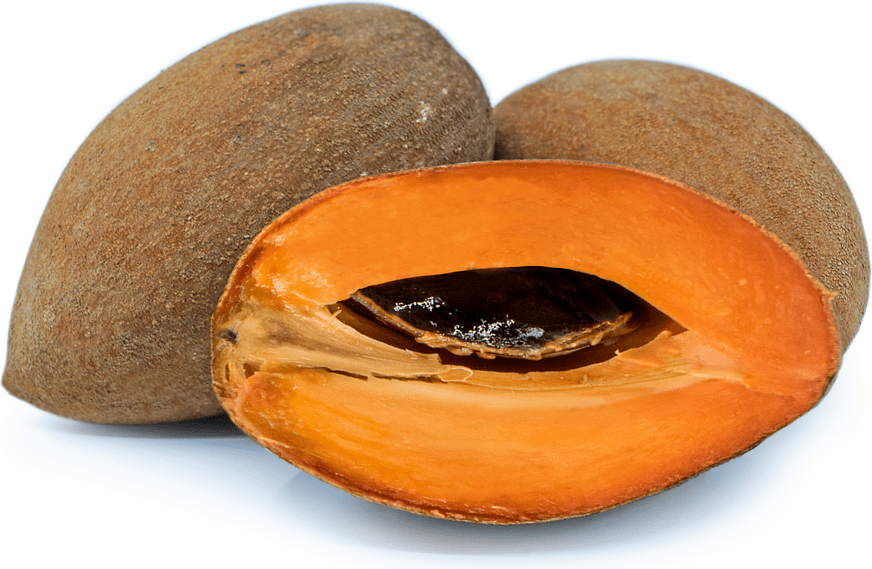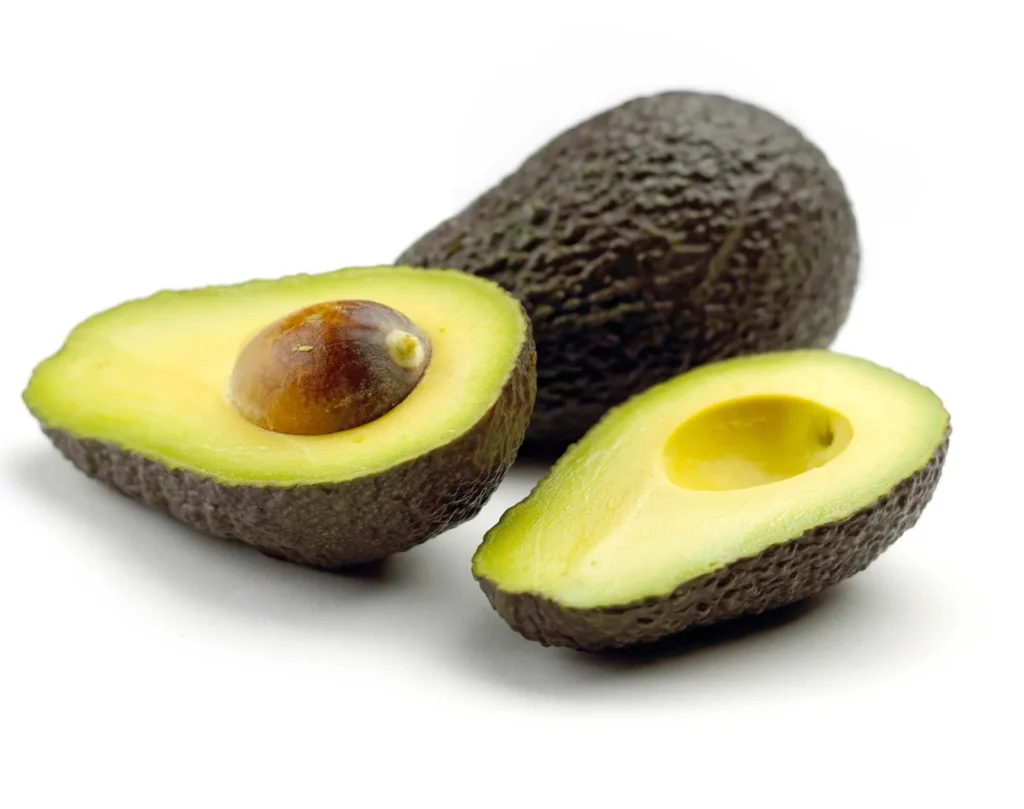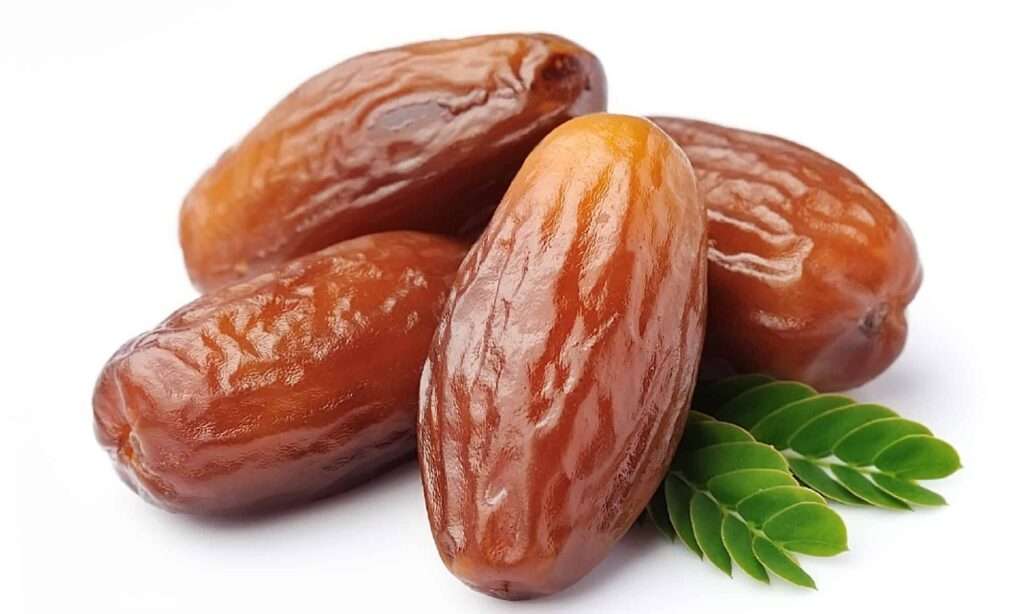
Description
The sapote plantis a member of the sapodilla family (Sapotaceae), and its edible fruit is also known as red mamey, mamey sapote or the marmalade tree. The edible fruit has a rusty brown peel, is somewhat spherical, and measures between 5 and 10 cm in diameter. It is produced by the tiny pinkish-white blooms. The creamy-textured reddish orange flesh has a subtle, musky-sweet flavor. There is a sizable, shining brown seed inside every fruit.
Varieties
Numerous other fruits from Latin America are also known as sapotes. The fruit known as black sapote, or “chocolate custard fruit,” belongs to the Ebenaceae family and is grown all over the Caribbean and Central America. Casimiroa, also known as white sapote, is a member of the Rutaceae family that grows from Mexico to Costa Rica.

Uses
The fruit is frequently consumed raw and is also processed into ice cream, smoothies, and preserves.
Nutrition
Mamey fruit has a serving size of about one cup and roughly the following nutritional values:
217 calories
2.5 g of protein
Fat: 1 g
56 g of carbohydrates
9 g of fiber
Glucose: 35 g
Cultivation
The sapote thrives in a wide range of well-drained soil types, including Florida’s limestone and sandy and heavy clay soils. Mamey sapote cannot survive in settings where the soil is consistently damp or flooded. The tree becomes weaker as a result of the roots dying due to the reduced oxygen level in the soil caused by the moist soil conditions.
Table





